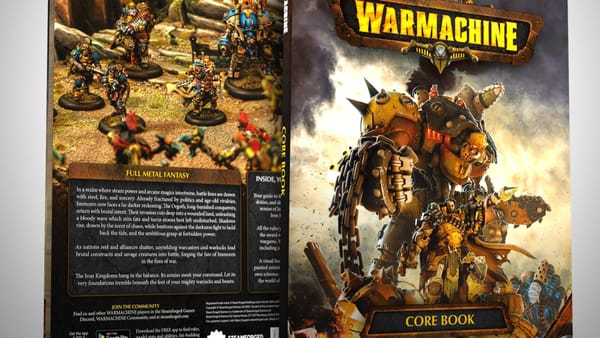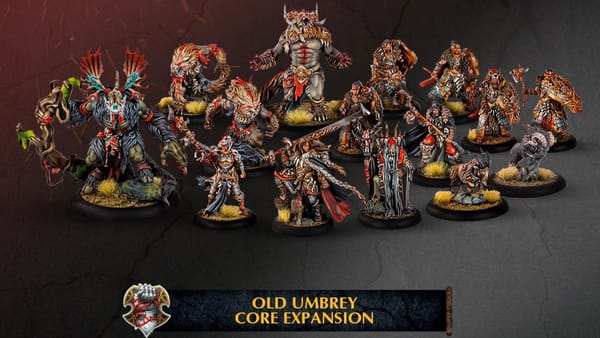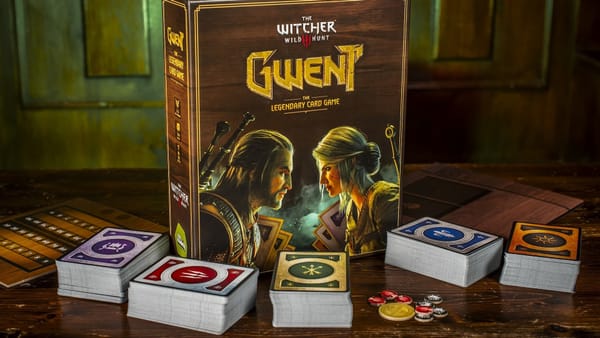Advertisement ・ Go Ad Free
Latest Articles
Advertisement ・ Go Ad Free

Outlaws on Switch 2 is like the Trailblazer: it looks rough, but runs well
by David Burdette
The NBA has quickly overtaken my free time, and I couldn’t be happier.
by Raven Winters
A new expansion for Lost Ruins of Arnak is coming to Essen Spiel 2025.
by Chris Wyman
Rules, rich lore, and one glorious book to bind them.
by Chris Wyman
Stonemaier Games announced several new games releasing soon, which include Wyrmspan Dragon Academy, Tokaido Duo, and Smitten 2.
by Chris Wyman
Ruined cities, desolate surroundings, and the persistence of the human spirit define the latest addition to the award-winning post-apocalyptic TTRPG
by Chris Wyman
This Core Expansion delivers a versatile mix of infantry, solos, and support. It’s perfect for mid-sized games, and a strong backbone for any expanded Old Umbrey force.
by Chris Wyman
The iconic card game from The Witcher universe is here. So would you care for a round of Gwent?
by Chris Wyman
Outlaws on Switch 2 is like the Trailblazer: it looks rough, but runs well
by David Burdette
Outlaws on Switch 2 is like the Trailblazer: it looks rough, but runs well

The NBA has quickly overtaken my free time, and I couldn’t be happier.

The beloved looter shooter franchise looks to re-establish itself

Blistering speed as well

A strong showing from Dark Horse Comics, Titan Manga, and Marvel Comics!

Keep that campfire lit!

Console Wars The Card Game is a great time where allegiances die and are reborn as you battle for video game dominance

Outlaws on Switch 2 is like the Trailblazer: it looks rough, but runs well
by David Burdette
The NBA has quickly overtaken my free time, and I couldn’t be happier.
by Raven Winters
A new expansion for Lost Ruins of Arnak is coming to Essen Spiel 2025.
by Chris Wyman
Rules, rich lore, and one glorious book to bind them.
by Chris Wyman
Stonemaier Games announced several new games releasing soon, which include Wyrmspan Dragon Academy, Tokaido Duo, and Smitten 2.
by Chris Wyman
Ruined cities, desolate surroundings, and the persistence of the human spirit define the latest addition to the award-winning post-apocalyptic TTRPG
by Chris Wyman
This Core Expansion delivers a versatile mix of infantry, solos, and support. It’s perfect for mid-sized games, and a strong backbone for any expanded Old Umbrey force.
by Chris Wyman
The iconic card game from The Witcher universe is here. So would you care for a round of Gwent?
by Chris Wyman